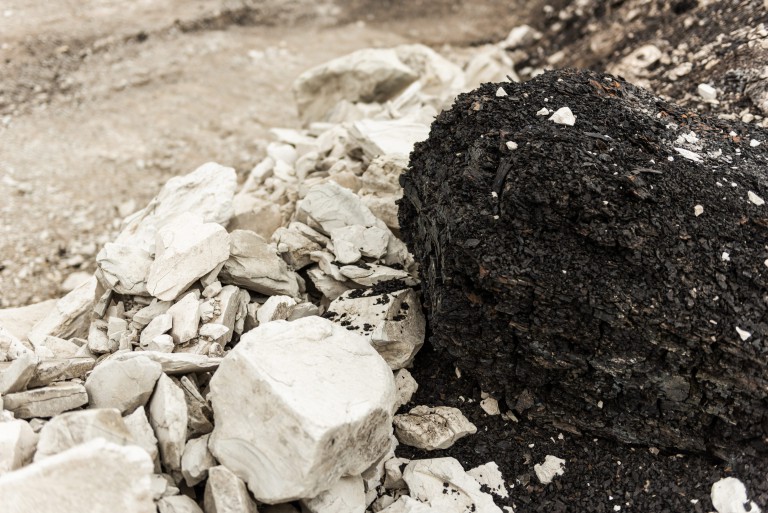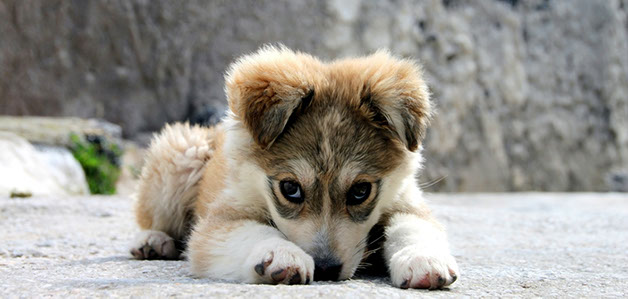Did you know that most landfills do not allow pet waste to be disposed of at their facilities? Animal waste in landfills can lead to water contamination and methane gas production. Pet waste cannot be left without being disposed of either, as it can cause bacterial contamination if washed into waterways and may harm fish and other wildlife through the depletion of oxygen levels. Pet waste can contain diseases and parasites that can affect both people and pets
So how can pet waste be disposed of safely? Below are some options for proper disposal.
Buried pet waste in the back yard
Note: pet waste should not be buried near vegetable gardens. The best place to bury waste is near ornamental trees or shrubs.
Compost it
Note: do not add pet waste to your regular compost bin, as it can retain odors, attract pests and make your compost unhealthy. As well, kitty litter cannot be composted with pet waste.
Flush pet waste down the toilet
Note: be sure to remove all dirt and kitty litter, as these materials can cause blockages in sewer lines. As well, be sure to check with your local waste water management facility to see if waste bags labeled “flushable, water soluble or biodegradable” can be flushed with the waste.
Use a pet waste management service
As a final note, it is important that you do not put pet waste in storm sewer drains. They do not connect to the waste water treatment facilities that your toilet does and therefore doing so can pollute water and create possible health risks to people and animals.
Image by Klearchos Kapoutsis


